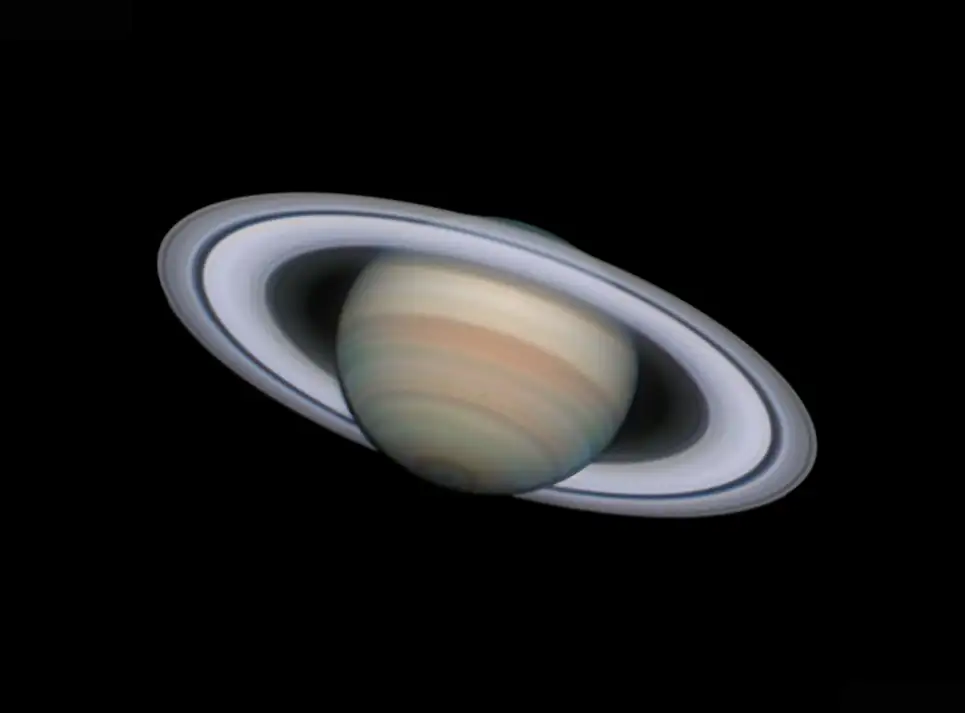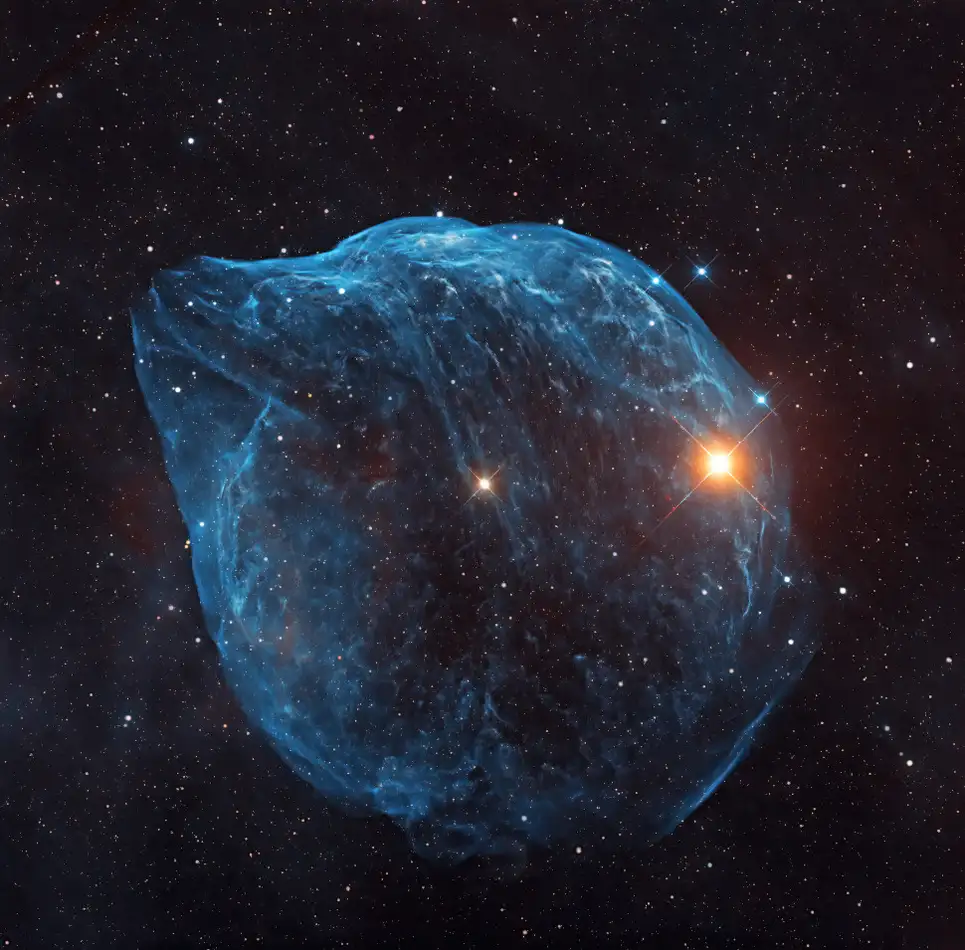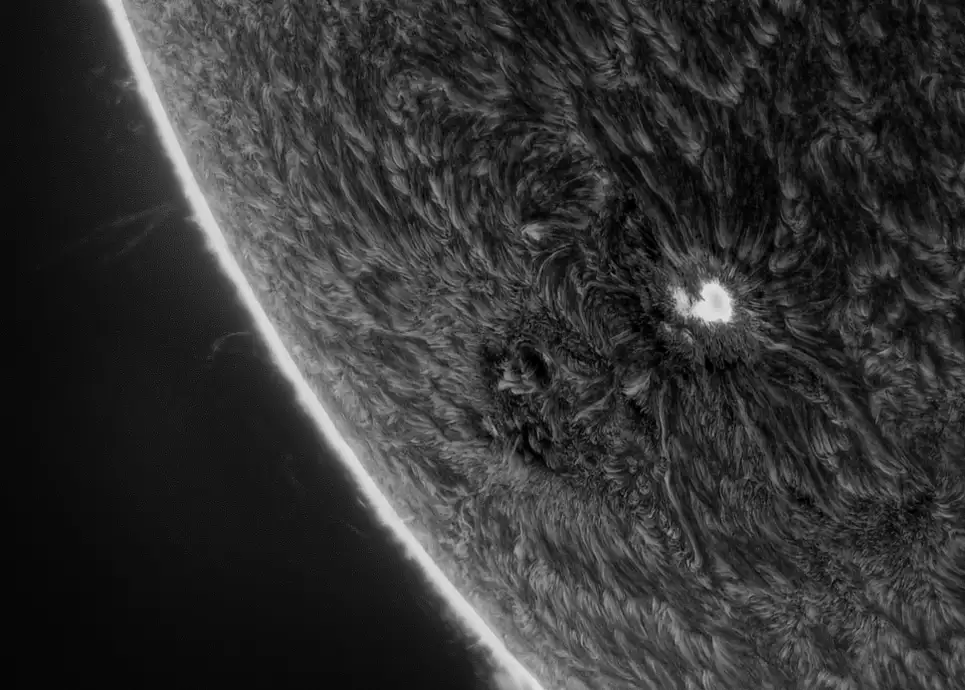This year’s Astronomy Photographer of the Year competition received over 4,500 entries from both professional and amateur photographers.
This is the 13th running of the annual contest, organized by the Royal Observatory Greenwich in association with BBC Sky at Night Magazine. The winning images will be announced at a special online ceremony on September 16, 2021, and then put on display at the National Maritime Museum, alongside a selection of exceptional shortlisted images. Here’s a selection of our favorite shortlisted candidates.
Comet Neowise over Stonehenge

Comet NEOWISE paid our inner solar system a visit last year. Here it is shown above Stonehenge in the UK—a site that didn’t exist when the comet last came through some 6,800 years ago (Stonehenge was built about 5,000 years ago).
Bicolor Veil Nebula

Called the Veil Nebula complex, this is the remnant of a giant supernova explosion. This image was captured by a camera mounted to a SkyWatcher Newton telescope.
Luna Park

Thousands of frames were required to produce this shot, showing streaks of stars set behind the iconic entrance to Luna Park in Sydney, Australia.
Martian Sunset

NASA’s Curiosity rover captured this sunset on Mars, but photographer John White from the UK managed to find this sequence among the nearly 390,000 images tucked away in the Mars Curiosity raw archive. He then filtered the images to produce the lovely set you see here.
Saturn at its Best

Saturn, as imaged from a ground-based telescope on July 27, 2020. The planet’s bands are clearly visible, including the south polar hexagonal region.
Dolphin Head Nebula

Sunrise of the Magic City

A smoggy view of Shanghai on the morning of February 7, 2021.
Sunspot Looking out into Space

An incredible view of a sunspot and its associated plasma. Imaged with a hydrogen-alpha filter, it’s made up of multiple frames stacked together and adjusted with imaging software. The inverted view heightens the contrast.
The cave

Dark and light contrast in this shot of the aurora borealis seen from a cave, which was taken by Markus van Hauten in January near Breidamerkurjökull, Iceland.
The Rose

The Messier 57 nebula is shown in infrared, with hydrogen visible in red, oxygen in green and blue, and nitrogen in deep red. A camera mounted to a Planewave CDK24 telescope made this image possible.
The Full Moon in Moscow

The full moon rises behind a Moscow apartment, as seen on July 3, 2020.
The Tumult of the Sun

Hassan Hatami chose this image of the Sun from thousands of images in the Solar Dynamics Observatory collection. Adjusting the brightness of the three different wavelengths proved to be a formidable challenge.

